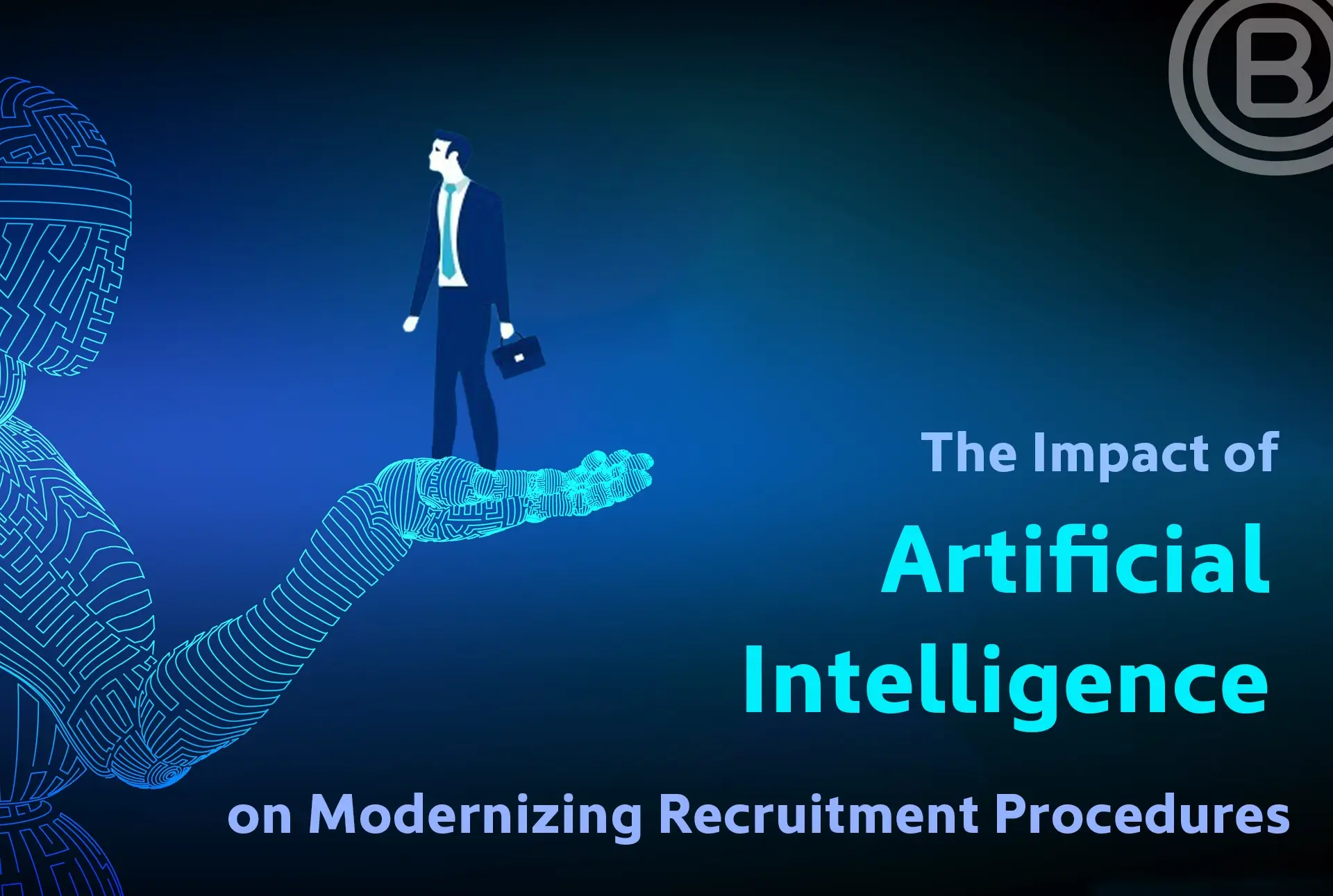The onset of the hybrid work evolution signifies a paradigm shift, urging a deliberate re-examination of traditional office frameworks. This all-encompassing guide serves as a guiding light through the nuanced complexities of hybrid work, delivering essential insights to empower organizations and individuals alike with the insight and proficiency required to navigate this era of significant transformation with confidence and success.
Understanding Hybrid Work: A Paradigm Shift
The concept of hybrid work has emerged not just as a change in physical surroundings but as a profound paradigm shift in our fundamental understanding of work. It extends beyond the traditional confines of office spaces and embraces a holistic transformation in how we approach and conceptualize our professional lives.
The Essence of Hybrid Work
Hybrid work is more than a geographic adjustment; it’s a revaluation of the very nature of work itself. The shift is characterized by the intentional blending of remote and in-office work, emphasizing flexibility that goes beyond the constraints of a fixed schedule and physical presence. This paradigm acknowledges that productivity and collaboration can thrive beyond the traditional nine-to-five office routine.
Roots of the Paradigm Shift
Technological Advancements: One of the driving forces behind this paradigm shift is the rapid advancement of technology. Seamless connectivity, robust collaboration tools, and virtual communication platforms have not only made remote work feasible but have elevated it to a level where it can rival the effectiveness of in-person collaboration.
Lessons from Remote Work Experiments: The recent surge in remote work experiments, compelled by global circumstances, has provided invaluable insights. Organizations worldwide have witnessed firsthand the adaptability and productivity gains that remote work can offer. This real-world experience has acted as a catalyst for rethinking established norms.
Beyond Physical Location
Hybrid work challenges the traditional notion that work is synonymous with a specific location. It asserts that productivity and collaboration can thrive irrespective of the physical setting. The focus shifts from where work is conducted to how work is accomplished, placing a premium on results and outcomes rather than the conventional metrics of attendance and office hours.
Adapting to Hybrid Mindset
Flexibility and Autonomy: Central to this paradigm shift is the acknowledgment of individual needs and preferences. Hybrid work acknowledges the importance of flexibility and autonomy, recognizing that different tasks and roles may benefit from diverse working arrangements.
Cultural Transformation: This shift necessitates a cultural transformation within organizations. It calls for a departure from traditional, location-centric work cultures to more inclusive, results-driven environments. Emphasizing trust and accountability becomes paramount to fostering a successful hybrid work ecosystem.
Models of Hybrid Work
A. Fully Remote Model: Embracing Flexibility
The fully remote model empowers employees with the freedom to curate their workplace, underlining the critical importance of establishing robust communication channels to ensure seamless team connectivity. This model goes beyond geographical constraints, fostering a work environment that thrives on adaptability and innovation.
B. Hybrid Rotation Model: Balancing Flexibility and Collaboration
Find equilibrium between the flexibility of remote work and the collaborative power of in-person interactions. The hybrid rotation model orchestrates a harmonious dance, allowing teams to reap the benefits of face-to-face engagement while preserving the liberty of remote work. This balanced approach acknowledges the diverse needs of individuals and teams, creating a flexible work dynamic that is both structured and adaptive.
C. Hub-and-Spoke Model: Centralized Collaboration
A dynamic framework where central hubs become catalysts for collaboration. These hubs provide structured spaces conducive to teamwork, while individuals retain the flexibility to work remotely. This model crafts a dynamic and adaptable work environment that acknowledges the pivotal role of centralized collaboration in fostering innovation and cohesive teamwork.
D. Flexible Location Model: Emphasizing Results Over Location
This approach, centred on outcomes rather than physical presence, thrives on a foundation of trust, autonomy, and meticulously defined performance metrics. By prioritizing results, this model liberates employees from geographical constraints, empowering them to deliver their best work regardless of where they are physically situated.
In exploring these models of hybrid work, organizations are presented with a spectrum of options, each uniquely tailored to accommodate diverse work styles and preferences.
Advantages of Hybrid Work Strategies
This strategic approach extends beyond the confines of traditional work structures, propelling organizations toward a new era of prosperity. Here are the compelling advantages that await:
A. Fostering a Healthier Work-Life Balance
Hybrid work introduces a dynamic balance, allowing employees the flexibility to structure their work around personal commitments. This emphasis on work-life harmony not only enhances job satisfaction but also contributes to sustained productivity and employee retention.
B. Substantial Cost Savings
Witness a tangible impact on the bottom line as hybrid work models usher in significant cost savings. The reduced reliance on extensive office space translates into lower overhead costs, presenting organizations with newfound financial flexibility. Redirect these savings strategically to fuel innovation, professional development, or other avenues that fortify the organization’s long-term goals.
C. Access to a Global Pool of Talent
Hybrid work dissolves traditional boundaries, enabling businesses to attract, hire, and retain top-tier talent regardless of their physical location. This expanded talent reach enhances the potential for innovation and fosters a richer, more dynamic organizational culture.
D. Enhanced Employee Satisfaction and Retention
The flexibility inherent in hybrid work not only accommodates diverse working styles but also reflects an organizational commitment to employee well-being. Such considerations contribute significantly to high morale, job satisfaction, and increased employee retention rates.
E. Adaptive and Resilient Workforce
Cultivate an adaptive and resilient workforce capable of navigating dynamic challenges. Hybrid work instills a sense of autonomy and self-discipline, fostering a workforce that is agile and equipped to thrive in evolving professional landscapes. This adaptability becomes a strategic asset, positioning the organization to meet changing market demands and seize emerging opportunities.
Disadvantages of Hybrid Work Strategies
The journey of hybrid work strategies brings forth a spectrum of advantages, yet it is imperative to navigate the potential challenges inherent in this transformative adoption. A nuanced understanding of the risks ensures a proactive approach, paving the way for a smooth and successful transition. Here are some key considerations:
A. Communication Challenges
The dispersion of teams across various locations poses communication challenges. Maintaining seamless communication becomes crucial in a hybrid setting where face-to-face interactions may be limited. Organizations must invest in robust digital communication tools and strategies to bridge the gap and foster effective collaboration.
B. Cultural Shift and Resistance
Implementing hybrid work signifies more than just a logistical change; it necessitates a cultural shift within the organization. Resistance to change, especially from those accustomed to traditional work models, can impede the smooth adoption of hybrid strategies. Leadership must proactively address concerns, communicate the benefits, and foster a culture that embraces the evolving work landscape.
C. Inequality and Disparities
A potential drawback of hybrid work is the risk of creating a divide between in-office and remote workers. This division can result in disparities in opportunities, information access, and even a sense of inclusion. Organizations must actively work to bridge this gap, ensuring that all employees, regardless of their work location, have equal access to resources and opportunities.
D. Security Concerns
The decentralization of work locations introduces new challenges in terms of cybersecurity. With employees accessing sensitive information from various locations, organizations need to bolster their cybersecurity measures. Robust protocols, employee training, and secure network infrastructure are essential components to mitigate security risks effectively.
E. Loss of Spontaneity and Team Dynamic
The organic interactions and spontaneous collaboration that occur in a traditional office setting may be compromised in a hybrid model. Team dynamics, camaraderie, and the exchange of spontaneous ideas can face challenges when teams operate remotely. Organizations must find innovative ways to nurture these aspects, such as virtual team-building activities and regular check-ins.
Factors Influencing Model Selection
A. Nature of Work: Task Dependency
Tailor your organization’s hybrid model to the specific demands of its work ecosystem. Gain insights into how task dependency intricately shapes the choice between collaboration-centric models and those emphasizing individual autonomy. Tasks requiring intense collaboration may find synergy in models fostering teamwork, while roles with greater autonomy may flourish in models prioritizing individual freedom.
B. Company Culture: Nurturing Connection
Delve into the pivotal role of company culture in the triumphant execution of hybrid work. Align your selected model with the cherished cultural values of your organization to cultivate teamwork, effective communication, and overall employee well-being. This alignment not only ensures seamless integration but also fortifies the sense of connection and shared purpose within the organizational fabric.
C. Technology Infrastructure: Seamless Connectivity
Embark on a transformative journey toward seamless connectivity as the linchpin of successful hybrid work. Strategic investment in a robust technology infrastructure becomes paramount, ensuring effective collaboration. By providing employees with cutting-edge tools and connectivity, the organization empowers seamless work, transcending geographical barriers and fostering an environment of uninterrupted productivity.
D. Employee Preferences: Tailoring Solutions
Elevate your hybrid strategy by prioritizing the preferences of your most valuable asset—your employees. By placing their needs at the forefront, organizations can gain a profound understanding of their workforce through surveys and inclusive decision-making processes. This tailor-made approach not only enhances job satisfaction but also fortifies employee retention, creating a workplace that resonates with individual preferences.
Implementation Strategies
A. Clear Communication: Setting Expectations
The linchpin of successful hybrid work lies in transparent communication. Articulate expectations, guidelines, and performance metrics with the utmost clarity to ensure all employees comprehend their roles, irrespective of their work location. A cohesive understanding fosters a shared vision, aligning the entire workforce toward organizational goals.
B. Investment in Training: Digital Literacy
Recognize the pivotal role of digital literacy in the realm of remote work. Invest in comprehensive training programs to enhance employees’ proficiency with digital tools. Empower them to navigate collaboration platforms, master virtual meeting etiquettes, and thrive in the digital landscape. This investment not only bolsters individual capabilities but also fortifies the collective digital prowess of the organization.
C. Flexibility and Adaptability: Iterative Approach
Embrace the dynamic nature of the hybrid work landscape with an iterative mindset. Adopt an iterative approach, regularly assessing its effectiveness, gathering feedback from stakeholders, and remaining adaptable to evolving circumstances. This flexibility ensures that the organization stays agile and responsive to the ever-changing demands of the professional landscape.
The successful execution of hybrid work models stands poised as the cornerstone, pivotal in sculpting the very essence of the future of work. This transformative approach not only adapts to the evolving needs of the professional landscape but also sets the stage for a dynamic and prosperous era where innovation and adaptability reign supreme.
In reflecting upon the transformative influence of the Hybrid Work Revolution, this guide extends an invitation to wholeheartedly embrace change and navigate the unfolding landscape with dexterity. Stay engaged for further insights, as we continue to explore strategies for crafting a prosperous future for your organization. Together, let us navigate the ever-changing tides of the professional sphere and forge pathways to sustained success and innovation.
Forge a path to workplace evolution! Unleash the potential of hybrid work models and propel your organization into a future of unparalleled flexibility and innovation.
Recommended Reading:
The Role of Gig Workers: A Comprehensive Overview
The Impact of Artificial Intelligence on Modernizing Recruitment Procedures
How the Right HR Consultant Sparks Explosive Business Growth?
-
Previous Post
The Cost of a Bad Hire: Why Onboarding Matters!











